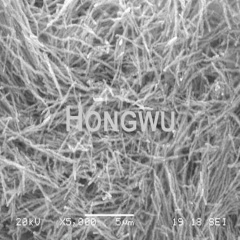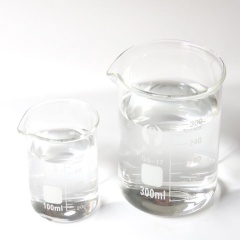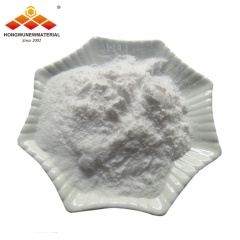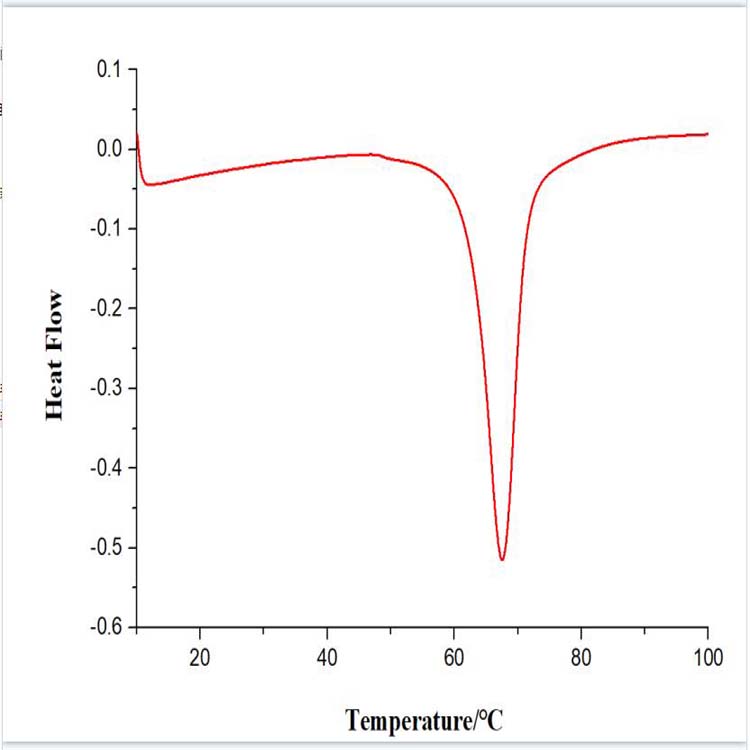Nanometer zinc oxide is a new type of high-performance fine inorganic product for the 21st century. The nano-zinc oxide produced by Hongwu Nano has a particle size of 20-30nm. Due to the finer particle size and large specific surface area, nano-ZNO produces nano-materials. Surface effects, small size effects and macroscopic quantum tunneling effects. The magnetic, optical, electrical, and sensitive aspects of the nano-scale ZNO have special properties and new uses that are unmatched by general ZNO products. The following is a description of the use of nano-ZNO in some important fields, and shows its attractive application prospects.
1. Application in cosmetics - new sunscreens and antibacterial agents
The forbidden band width of zinc oxide is 3.2 eV, and its corresponding absorption wavelength is 388 nm. Due to the quantum size effect, the finer the particles, the better it absorbs ultraviolet rays, especially for 280-320 nm. The nanoparticles simultaneously have good visible light transmission. Experiments show that nano ZNO is an ideal UV shielding agent, so adding nano ZNO in cosmetics can not only shield UV sunscreen, but also antibacterial and deodorant.
2. Application in the textile industry
With the development of science and technology and the improvement of living standards, people are increasingly pursuing high-end, comfortable, health-care and other functions. In recent years, various new functional fibers, such as deodorizing fibers, have been developed to absorb odor purification. air. Anti-UV fiber, in addition to the function of shielding ultraviolet rays, has the singular function of antibacterial, disinfection and deodorization. and many more
3. Self-cleaning ceramics and antibacterial glass
The ceramic industry is a major user of nano ZNO. Nano ZNO can reduce the sintering temperature of ceramic products by 400-600 degrees Celsius, and the finished product is bright as a mirror. The ceramic product with nano ZNO has the self-cleaning effect of antibacterial deodorization and decomposing organic matter, which greatly improves the product quality. In addition, glass with nano ZNO can be used for automotive glass and architectural glass because it is UV resistant, abrasion resistant, antibacterial and deodorizing.
4. Rubber industry
Zinc oxide is an essential additive in the rubber and tire industry. In the vulcanization process of rubber, zinc oxide reacts with organic accelerators, stearic acid, etc. to form zinc stearate, which can enhance the physical properties of vulcanized rubber. It is also used as a vulcanization active agent for natural rubber, synthetic rubber and latex. Strongeners and colorants. Nano ZNO is a raw material for manufacturing high-speed wear-resistant rubber products, which has the advantages of preventing aging, anti-friction ignition, long service life and small dosage.
5. Building materials---antibacterial gypsum products
By incorporating nano-ZNO and metal peroxide particles into the gypsum, a gypsum product with bright colors and fading color can be obtained, which has excellent antibacterial properties and is suitable for building materials and decorative materials.
6. Coatings industry
In the coating industry, in addition to the tinting strength and hiding power, zinc oxide is a preservative and luminescent agent in coatings, and also has excellent anti-aging ability and good antibacterial properties.
7. Gas sensor
The nano-ZNO can cause electrical properties---resistance changes with the change of the constituent gases in the surrounding atmosphere, thereby detecting and quantifying the gas. At present, gas alarms and hygrometer sensors prepared for the resistance change of nano zinc oxide have been put on the market. Experiments show that the nano ZNO gas sensor has high sensitivity to C2H2 and LPG (liquefied petroleum gas).
8. Image recording material
The nano ZNO can obtain materials having different properties such as photoconductivity, semiconductor, and conductivity depending on the preparation conditions. The variation can be used as an image recording material; the photoconductive property can be utilized for electrophotography; the semiconductor property can be used as a discharge breakdown recording paper; and the conductive property can be used as an electrothermal recording paper. The advantage is that there is no waste pollution, the picture quality is good, the record can be recorded at high speed, the pigment can be adsorbed for color copying, and the hydrophilicity can be used for film printing after acid etching.
9. Piezoelectric material
Using the piezoelectric properties of nano ZNO, piezoelectric tuning forks, vibrator surface filters, and the like can be fabricated.
10. Catalysts and Photocatalysts
The size of the nano-ZNO is small, the specific surface area is large, the bond state of the surface is different from the inside of the particle, and the coordination of the surface atoms is incomplete, which leads to an increase in the active position of the surface and an increase in the reaction contact surface. In recent years, attempts have been made to decompose harmful substances in water by photocatalysts, and important photocatalysts include nano titanium oxide and zinc oxide.
Under ultraviolet light, nano ZNO can decompose organic substances, antibacterial and deodorize. This photocatalytic property has been widely used in industries such as fibers, cosmetics, ceramics, environmental engineering, glass and building materials.
11. Phosphors and capacitors
Nano ZNO is the only fluorescing substance under low-voltage electron ray. The color of light is blue and red. A ceramic powder having a high dielectric constant and a fine surface is obtained by sintering a ceramic powder such as ZNO, TIO2, or MNO2, which can be used for the production of a ceramic capacitor.
12. Stealth technology---Radar wave absorbing material
Radar wave absorbing materials, referred to as absorbing materials, refer to a class of functional materials that can effectively absorb incident radar waves and attenuate them. This has great significance in national defense. Metal oxides such as nano-ZNO have become one of the hotspots of absorbing materials due to their advantages of light weight, thin thickness, light color and strong absorbing ability.
13. Conductive ZNO material
The commonly used conductive particles include metal conductive particles and carbon black conductive particles, which have the common disadvantage that they are all black, which limits the scope of use. Therefore, it is necessary to develop white or light colored conductive powder to meet the needs of different uses. In recent years, research on light-colored conductive materials is also one of the hot spots. Conductive ZNO powder is developed for the manufacture of light-colored or white anti-static products, and has great application prospects. Conductive ZNO is mainly used as a conductive white pigment in coatings, resins, rubber, fibers, plastics and ceramics. The conductivity of ZNO imparts antistatic properties to plastics and polymers.


 English
English français
français Deutsch
Deutsch русский
русский italiano
italiano español
español português
português 日本語
日本語 한국의
한국의 Türkçe
Türkçe
















 8620-87226359,8620-87748917
8620-87226359,8620-87748917

